Human Anatomy Rib Cage Muscles : Antique Illustration Of Human Body Anatomy Neck Spine Rib ...
Of or related to the morbid anatomy blog. They are each attached to the ribs. Rib 2 is thinner and longer than rib 1 and has two articular facets on the head as normal. The small joints between the ribs and the the last two, the floating ribs, have their cartilages ending in the muscle in the abdominal wall.
For more anatomy content please follow us and visit our website: Want to learn more about it? They are each attached to the ribs. Find the best weight lifting exercises that target each muscle or groups of muscles. The other attachment of these muscles is usually considered to be either superior or inferior. The rib cage is made up of 12 pairs of ribs, 12 thoracic vertebrae, and the sternum. A typical human rib cage consists of 24 ribs, the sternum (with xiphoid process , costal cartilages, and the !2 thoracic vertebrae. Of or related to the morbid anatomy blog.
The intercostal muscles are the muscles that occupy the 11 intercostal spaces.
Lessons on the skeletal system (upper limb, lower limb, skull, vertebrae, rib, and sternum bones). It provides a strong framework onto which the muscles of the shoulder girdle, chest, upper abdomen and back can attach. Find the best weight lifting exercises that target each muscle or groups of muscles. External, internal and innermost intercostal muscles. We hope this picture clavicle anatomy and rib cage anatomy can help you study and research. Learn about human anatomy muscles with free interactive flashcards. The small joints between the ribs and the the last two, the floating ribs, have their cartilages ending in the muscle in the abdominal wall. They are attached to the femur (thighbone), tibia (shinbone), and fibula (calf bone) by fibrous tissues called ligaments. 4 individual objects (spine portion, ribs, cartilages, sternum), sharing the same non overlapping uv layout map, material and pbr textures set. These are the muscles that move the rib cage and they work together. The rib cage, shaped in a mild cone shape and more flexible than most bone sets, is made up of varying elements such as the thoracic vertebra, 12 equally paired ribs, costal cartilage, and held together anteriorly by the sternum. Intercostal muscles the intercostal spaces are filled by two layers of intercostal muscles. The muscles that affect the knee's movement run along the thigh and calf. Rib 2 is thinner and longer than rib 1 and has two articular facets on the head as normal.
Of or related to the morbid anatomy blog. Human rib cage anatomy 3d model. Tendons attach the muscles to each other. When you exhale, your ribcage moves down, squeezing air out of your lungs. They are attached to the femur (thighbone), tibia (shinbone), and fibula (calf bone) by fibrous tissues called ligaments.
When you exhale, your ribcage moves down, squeezing air out of your lungs.
T, along with the skin and associated fascia and muscles. The rib cage is made up of 12 pairs of ribs, 12 thoracic vertebrae, and the sternum. The small joints between the ribs and the the last two, the floating ribs, have their cartilages ending in the muscle in the abdominal wall. When you inhale, muscles between your ribs lift your ribcage helping your lungs to expand. There are around 650 skeletal muscles within the typical human body. This is a table of muscles of the human anatomy. But it is best to chop off the lower part of it as shown here to imitate the actual rib. Rib cage , in vertebrate anatomy, basketlike skeletal structure that forms the chest, or thorax, and is the rib cage is semirigid but expansile, able to increase in size. The muscles that affect the knee's movement run along the thigh and calf. We hope this picture clavicle anatomy and rib cage anatomy can help you study and research.
T, along with the skin and associated fascia and muscles. Simplified, it is an oval that starts halfway between 1 and 2, down to mark 3; Intercostal muscles the intercostal spaces are filled by two layers of intercostal muscles. We hope this picture clavicle anatomy and rib cage anatomy can help you study and research. These are the muscles that move the rib cage and they work together. It provides a strong framework onto which the muscles of the shoulder girdle, chest, upper abdomen and back can attach. Discover the muscle anatomy of every muscle group in the human body. Human rib cage anatomy 3d model.
Want to learn more about it?
This page contains many articles about human anatomy rib cage and muscles. • raise rib cage for inhaling & depresses rib cage for exhaling. External, internal and innermost intercostal muscles. Tendons attach the muscles to each other. Rib 2 is thinner and longer than rib 1 and has two articular facets on the head as normal. Simplified, it is an oval that starts halfway between 1 and 2, down to mark 3; See more ideas about anatomy, rib cage anatomy, anatomy study. Discover the muscle anatomy of every muscle group in the human body. This is a table of muscles of the human anatomy. The rib cage, shaped in a mild cone shape and more flexible than most bone sets, is made up of varying elements such as the thoracic vertebra, 12 equally paired ribs, costal cartilage, and held together anteriorly by the sternum. Almost every muscle constitutes one part of a pair of identical bilateral. The ribs form a cage that shelters the heart and lungs, and the pelvis coordination between rib cage muscles and diaphragm during quiet breathing in humans. Of or related to the morbid anatomy blog. When you exhale, your ribcage moves down, squeezing air out of your lungs. Want to learn more about it?

This is a table of skeletal muscles of the human anatomy.

For more anatomy content please follow us and visit our website:

The muscles that affect the knee's movement run along the thigh and calf.

4 individual objects (spine portion, ribs, cartilages, sternum), sharing the same non overlapping uv layout map, material and pbr textures set.

• raise rib cage for inhaling & depresses rib cage for exhaling.

Of or related to the morbid anatomy blog.

They are each attached to the ribs.

Tendons attach the muscles to each other.

These are the muscles that move the rib cage and they work together.

Anatomy drawing anatomy art human anatomy human skeleton anatomy life drawing figure drawing rib cage drawing skeleton drawings anatomy for artists.
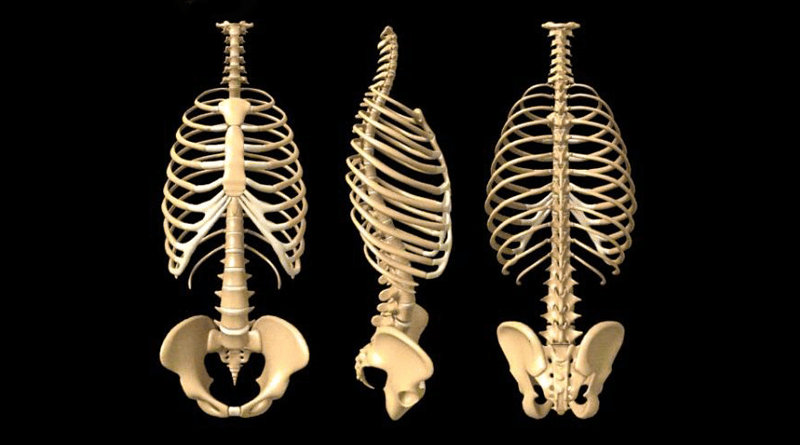
See more ideas about anatomy, rib cage anatomy, anatomy study.
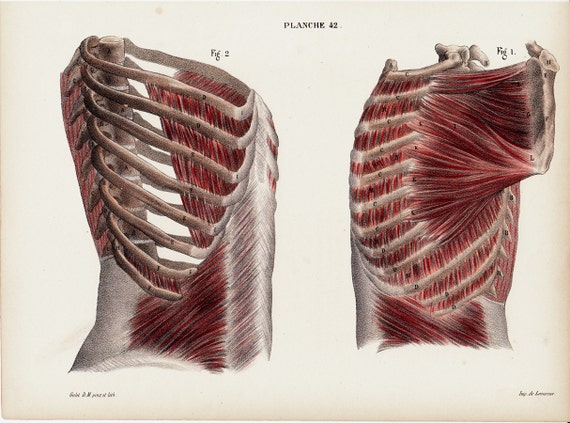
With the upper ribs, closer to the nodule (and in the case of lower ribs, a little further from the nodule) they are curved and have a rough surface that connects them with muscles, angulus costae.
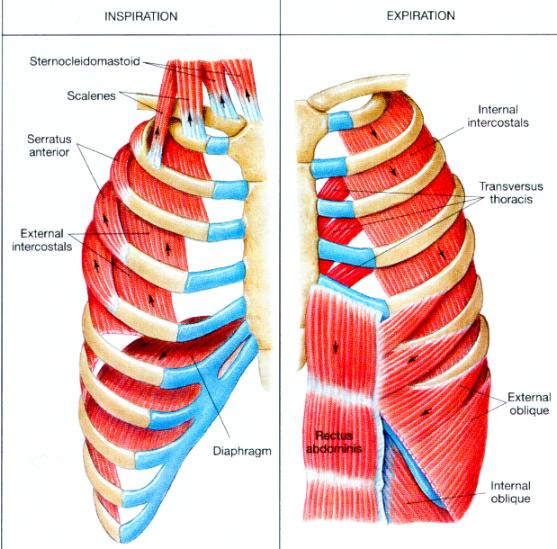
A typical human rib cage consists of 24 ribs, the sternum (with xiphoid process , costal cartilages, and the !2 thoracic vertebrae.

See more ideas about anatomy, anatomy study, rib cage anatomy.

You can click the links in the image, or the links below the image to find out more information on any muscle group.

There are around 650 skeletal muscles within the typical human body.

You can click the links in the image, or the links below the image to find out more information on any muscle group.

Rib 2 is thinner and longer than rib 1 and has two articular facets on the head as normal.
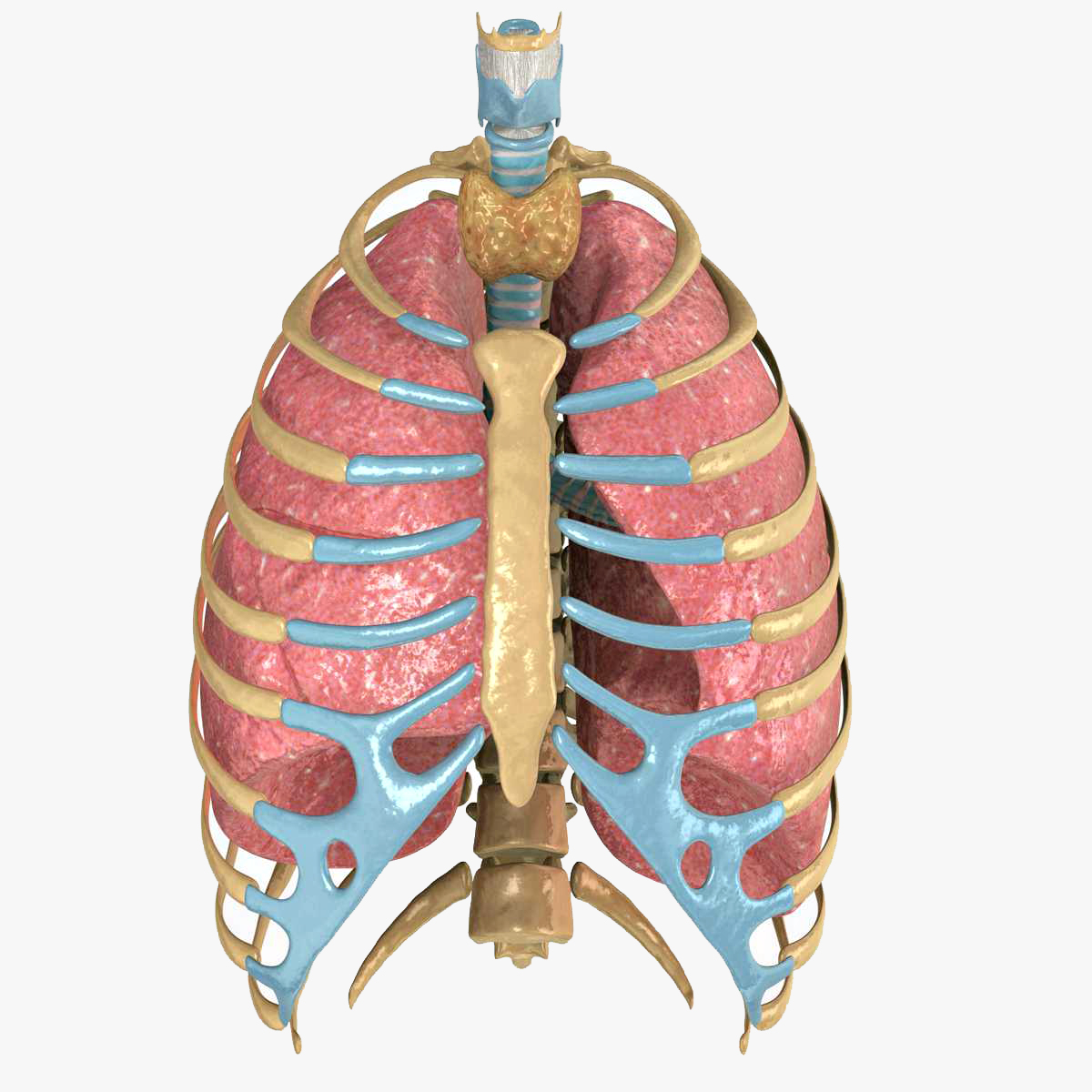
Anatomy drawing anatomy art human anatomy human skeleton anatomy life drawing figure drawing rib cage drawing skeleton drawings anatomy for artists.

Human anatomy drawing drawing theory.

The rib cage, shaped in a mild cone shape and more flexible than most bone sets, is made up of varying elements such as the thoracic vertebra, 12 equally paired ribs, costal cartilage, and held together anteriorly by the sternum.

Want to learn more about it?

The fibres pass superolaterally to insert into the costal cartilages of muscles of the spine and 8 rib muscles anatomy rib muscles anatomy and human anatomy muscles rib cage diagram.

Rib 2 is thinner and longer than rib 1 and has two articular facets on the head as normal.

These are the muscles that move the rib cage and they work together.
/GettyImages-530308176-8a1c9324ff2d425881bd012c8fd96fe1.jpg)
But it is best to chop off the lower part of it as shown here to imitate the actual rib.

Human anatomy drawing drawing theory.
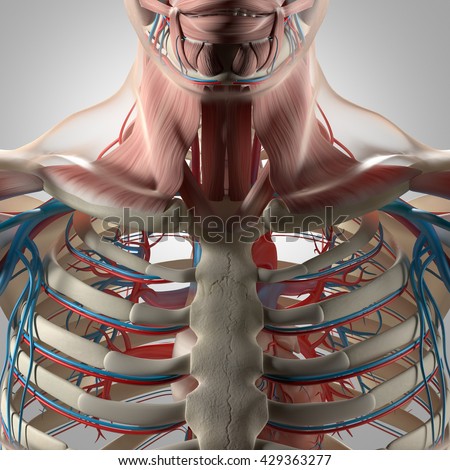
The rib cage is the arrangement of ribs attached to the vertebral column and sternum in the thorax of most vertebrates, that encloses and protects the vital organs such as the heart, lungs and great vessels.

T, along with the skin and associated fascia and muscles.

• raise rib cage for inhaling & depresses rib cage for exhaling.
Posting Komentar
0 Komentar